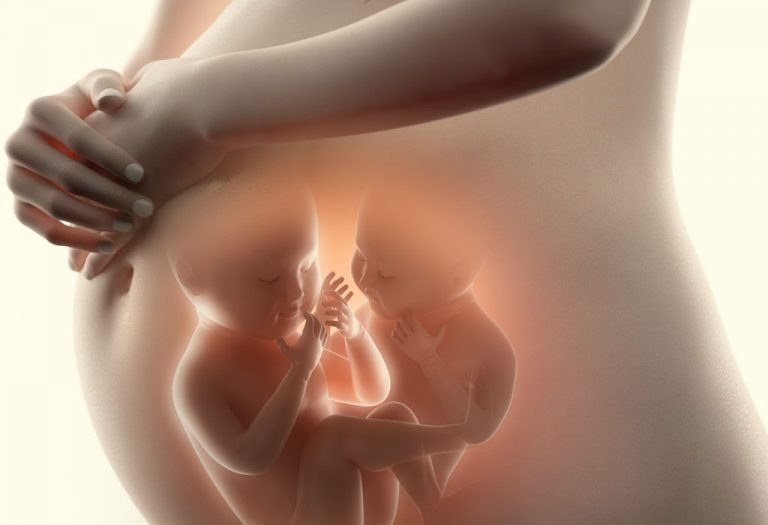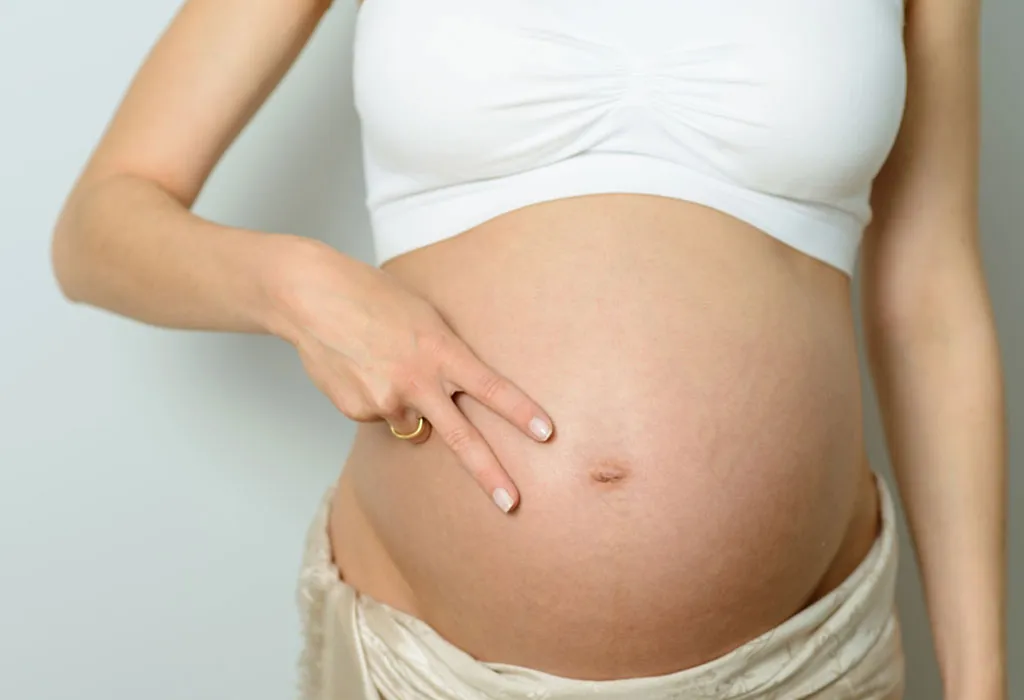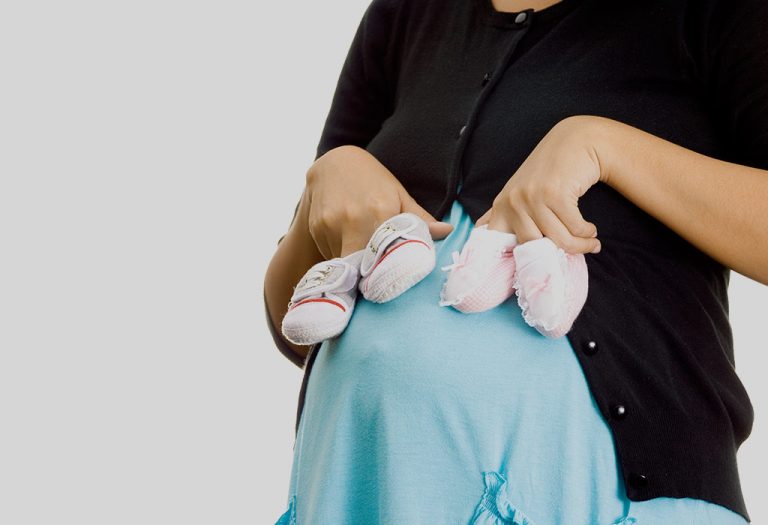Superfoetation: Can You Get Pregnant While You Are Already Pregnant?

For most first-time mothers, pregnancy is an exciting and anxious period, both at the same time. One such thought that women may have is – is it possible to get pregnant while you are already pregnant with one baby? Believe it or not, the answer is yes. It is possible. This rare phenomenon is called superfoetation, where a second fertilised egg implants and develops in the uterus while a pregnancy is already underway. Although extremely uncommon, it has been documented in medical literature and remains a fascinating aspect of human biology. This can lead to two babies being conceived at different times but born together, resembling twins in some ways but differing in developmental stages.
Can You Get Pregnant While You Are Already Pregnant?
Each pregnancy is unique. The way we get pregnant is also very different with some women getting pregnant very quickly while others needing a lot more help and support.
If you are wondering whether you can or cannot get pregnant while being pregnant already, you might be surprised to know that there have been many cases of women finding themselves pregnant when they were already pregnant. This phenomenon is known as superfoetation.
What is Superfoetation?
Superfoetation is the phenomenon when more than one foetus get conceived in the womb, each of which implant separately in the womb and grow together. This is extremely common in animals but also occurs in human beings, in rare cases.
How Uncommon is It?
Superfoetation is extremely rare in humans, and there are only ten known cases of this phenomenon. However, there is also a large possibility that many cases of superfoetation have gone unnoticed and have been misdiagnosed as a case of ordinary twin pregnancy. Even if the second foetus is a lot younger and, hence, looks smaller, there have been many cases of twin foetus development with the discrepancy in growth.
How Does Superfoetation Happen?
Superfoetation occurs when the pregnant body releases an egg within the first few weeks of the first pregnancy, and this egg is fertilised which causes the second pregnancy. This is very different from the way twin pregnancies happen.
Superfoetation is extremely rare because, usually, once the first pregnancy is established, the change in hormones will instruct the body not to release any more eggs for the duration of the pregnancy. While there is no conclusive reason behind the reason for the egg to be released even after pregnancy, several medical scientists and researchers believe that one possibility is that the second egg is released, if there is a delay in the implantation of the first embryo.
Is Superfoetation Medically Possible?
There is a lot of scepticism in the medical field about the occurrence of superfoetation. With all the current knowledge about the human reproductive system, there seem to be overwhelming odds stacked against superfoetation.
There are many physiological changes that occur immediately after a pregnancy is established. These changes in the body do not allow for further pregnancies to occur. First, the corpus luteum releases hormones which effectively shut down ovulation. Second, the uterus wall starts to thicken in a way that would make it impossible for a second embryo to attach to the uterine wall. Last, the cervix forms a barrier known as the mucous plug to protect the developing fetus from outside microbes. This barrier is also an effective barrier to sperm.
Is Superfoetation Different From Usual Twins?
Superfoetation is different from an ordinary twin pregnancy. In the latter, multiple ova are released in a single menstrual cycle, which are then fertilised. This can happen naturally or when taking fertility drugs. Sometimes, a single egg is fertilised, but when growing, it divides into two and develops two separate foetuses.
Superfoetation happens when two eggs belonging to different menstrual cycles are fertilised and are developing in the uterus. There is a difference in the maturity of these foetuses, as they have been fertilised days or even weeks apart.
Diagnosis of Superfoetation
Diagnosing superfoetation can be challenging as it shares similarities with other twin-related conditions. In cases of superfoetation, one fetus will show a more advanced stage of development (different gestational ages) compared to the other. Some experts suggest that superfoetation may occasionally be misdiagnosed, with other conditions presenting similar characteristics, such as:
1. Placental insufficiency
The placenta, responsible for delivering oxygen and nutrients to the developing fetus, may struggle to support twins equally. This can lead to significant differences in the growth rates of the fetuses, resembling the developmental disparities seen in superfoetation.
2. Twin-to-twin transfusion syndrome
This condition occurs when twins share the placental blood supply unevenly, causing one fetus to receive more nutrients and grow larger than the other. On imaging, this unequal growth can mimic superfoetation.
Additionally, an error during an ultrasound could initially result in missing one fetus, leading to the mistaken belief of superfoetation when the second fetus is later identified.
Treatment for Superfoetation Pregnancy
If one fetus develops at a faster rate than the other, the younger fetus may face the risk of premature birth. To ensure the safest possible delivery for both babies, your healthcare provider might suggest a planned C-section, which can help minimise potential complications.
Risks Associated With Superfoetation
With superfoetation, the difference in the length of gestation between both foetuses can be large. In such a case, there is the risk that the younger foetus could also be delivered along with the older foetus. This means that the younger baby is born premature and the risks of a premature baby are applicable to it. However, all known cases of superfoetation have been of twins that are between 10 days to three weeks apart, and the deliveries of both babies in these cases have been safe.
Note: It is recommended that you see a medical professional to understand the risks associated with this condition more thoroughly. Please do not self-medicate during this time, as attempting an abortion could harm the first baby as well. Discuss your options with your medical care experts, speak to them freely about your concerns and understand what your options are, thoroughly.
Superfoetation Cases
1. Two Babies Conceived Two Months Apart
In 1960, two babies were born five minutes apart, and the nurse thought the babies were ordinary twins. However, a doctor present in the delivery room thought that the baby born first might be premature and conducted a few scans of the thigh bones of the babies. It was seen that the first baby had a marked difference in bone age. It was established that the first baby was conceived two months after the initial pregnancy and, in fact, the baby born second was a full-term baby.
2. Two Babies Conceived Three Weeks Apart
In the year 2007 in Essex, there was a case of superfoetation where two babies were delivered after being conceived three weeks apart. The mother had gotten pregnant once again three weeks into her first pregnancy.
3. Two Babies Delivered via C-section
In 2009, a woman in Arkansas conceived another baby when she was already 2 and a half weeks pregnant with her first baby. After many tests, the doctors were able to determine that if both babies were to be carried full-term, they would be born a month apart. In this case, the babies were delivered via a cesarean delivery and both were healthy.
4. Twins in Essex
In 2007, a pregnant woman was told that she was expecting twins only to find out later that one of the twins had miscarried and was being reabsorbed into her body which is not uncommon. A blob was noticed in her uterus during one of her routine scans which later grew to be the third fetus in her uterus. She safely delivered two healthy babies.
FAQs
1. Will the babies be born at the same time during superfoetation?
With previous cases of superfoetation, the difference in age between the two babies was not established until the babies were delivered. Though the babies were born at the same time, one of the babies was technically born prematurely. This used to happen due to the inability to tell if a superfoetation had occurred or if it was simply a case of twins with different growth trajectories. The premature baby had to face all the risks associated with being premature. With the evolution of medical technology, it is now possible to determine whether superfoetation has occurred or not. This gives you and your medical team enough time to plan the deliveries.
2. Is superfoetation just like having twins?
No, even though the mother is carrying two babies, superfoetation is very different from having twins. Twins are the result of multiple eggs released during the same cycle that is fertilised. This is usually the case when there is some fertility treatment being carried out. Sometimes, a single egg might divide into two and develop into two foetuses. Superfoetation is when a woman is already pregnant, and she then conceives another baby. The second foetus is younger than the first foetus, though the gap is not more than a few weeks.
3. Does the fertilised egg need implantation?
Yes, for a successful pregnancy, the egg must implant itself into the uterine wall. Before this happens, the uterus must thicken its walls and create an environment suitable for the fertilised egg. This usually occurs 7 to 10 days after fertilisation after the embryo signals to the uterus that it is ready to be implanted. For a second embryo to be implanted, the uterine condition must be exactly right.
4. Can superfoetation lead to genetic differences between the babies?
Yes, in some rare cases, the babies may have different genetic traits due to being conceived at different times, which could result in different paternal genetic material. However, this is extremely uncommon and would require further genetic testing for confirmation.
Superfoetation is an extremely rare occurrence with only a few known cases of the same. It is different from having twins in that one foetus was conceived from an egg from a different menstrual cycle than the other. The foetus maturity levels are different, and they reach full-term at different times. If you think that you might have superfoetation, then it is best that you discuss it with your OB/GYN as she will be able to conduct tests and determine if it is the case or not. The most important thing to remember is to stay calm. Medical technology has advanced enough to be able to plan for both pregnancies in order to ensure the health of both babies, along with your own health.
References/Resources:
1. Superfoetation; Cleveland Clinic; https://my.clevelandclinic.org/health/diseases/24590-superfetation
2. Baijal. N, Sahni. M, Verma. N, et al.; Discordant twins with the smaller baby appropriate for gestational age – unusual manifestation of superfoetation: A case report; BMC Pediatrics; https://bmcpediatr.biomedcentral.com/articles/10.1186/1471-2431-7-2; January 2007
3. Lantieri. T, Ravelli. A, Gaglioti. P, et al.; Superfetation after ovulation induction and intrauterine insemination performed during an unknown ectopic pregnancy; RBMO; https://www.rbmojournal.com/article/S1472-6483(10)00053-2/fulltext; May 2010
4. Twins, triplets, and other multiples; OASH Office on Women’s Health; https://womenshealth.gov/pregnancy/youre-pregnant-now-what/twins-triplets-and-other-multiples
5. LO. O, M. Z; Superfetation in Humans – Myth or Reality?; Journal of Reproduction and Sexual Health; https://jrsh.org.ng/index.php/home/article/view/2
6. Methods for Estimating the Due Date; American College of Obstetricians and Gynecologists Clinical; https://www.acog.org/clinical/clinical-guidance/committee-opinion/articles/2017/05/methods-for-estimating-the-due-date
7. Alten. T, Alten. K; A Case Report of Possible Superfetation with Evidence of Ultrasound Findings, Gestational Age Calculations and Postnatal Complications; ClinMed International Library; https://clinmedjournals.org/articles/ogcr/obstetrics-and-gynaecology-cases-reviews-ogcr-8-202.php?jid=ogcr
Also Read:
What is Chemical Pregnancy?
How to Get Pregnant With Twins
Identical Triplets – What You Need to Know
Multiple Pregnancy – Getting Pregnant With Twins or Triplets
Was This Article Helpful?
Parenting is a huge responsibility, for you as a caregiver, but also for us as a parenting content platform. We understand that and take our responsibility of creating credible content seriously. FirstCry Parenting articles are written and published only after extensive research using factually sound references to deliver quality content that is accurate, validated by experts, and completely reliable. To understand how we go about creating content that is credible, read our editorial policy here.
























